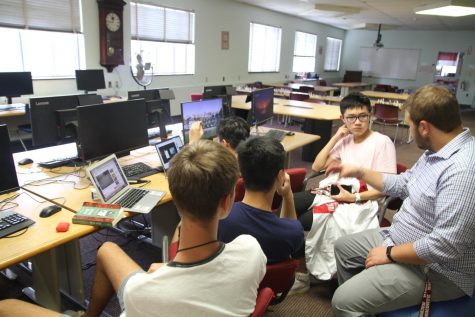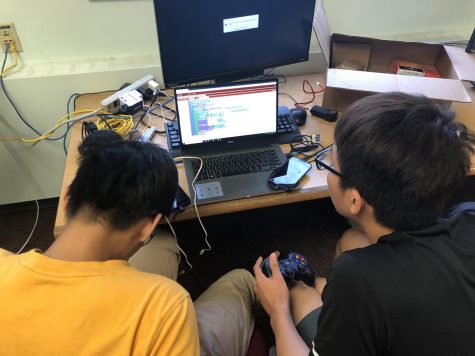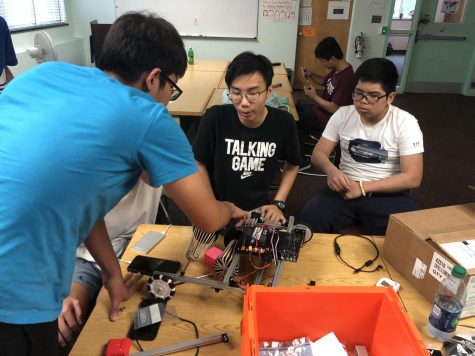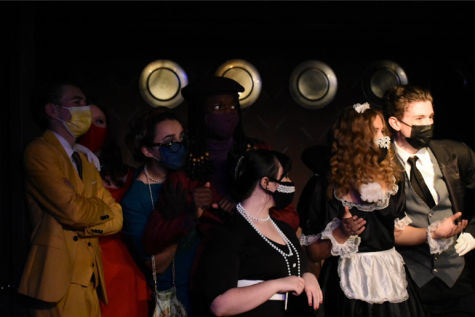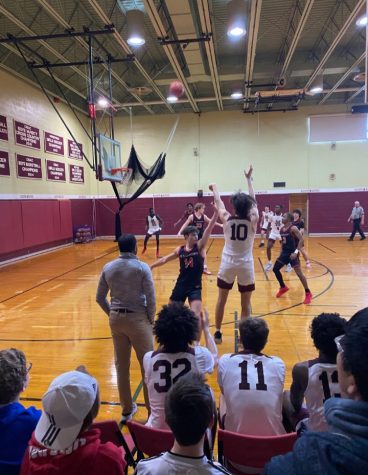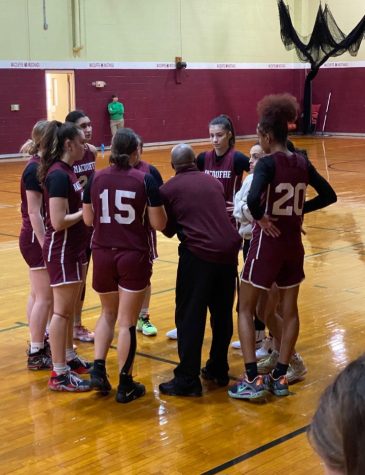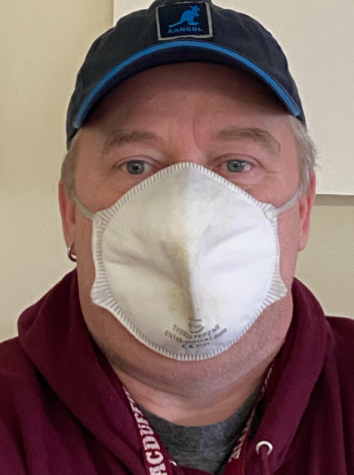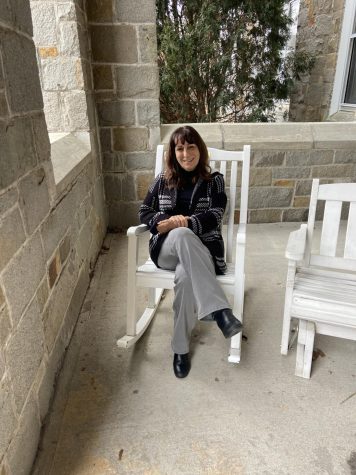A Mechanical CAP
November 15, 2018
The Robotics CAP, a CAP that involves building advanced robots that perform complex tasks in a series of different challenges, is back at it again for the second year at The MacDuffie School.
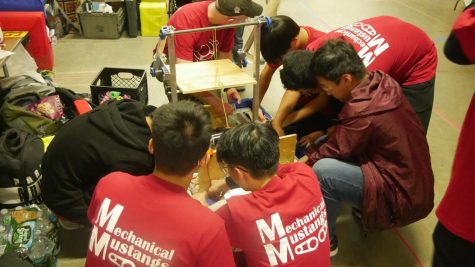
Junior Andrew Cao first wanted to create the CAP and it is currently mentored by Physics teacher David Greene. It was officially established last year.
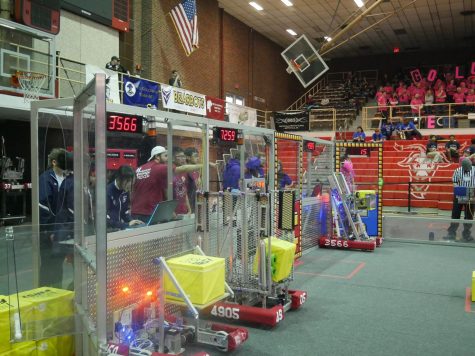
Last year the team participated in the FIRST Robotics Competition- an intense, competitive, and expensive challenge. This year, however, the team will be contending in the First Technical Challenge. Despite being smaller in scale and less competitive, it still retains the same problem-solving skills as the First Robotics challenge.
During their first season the team did not have a safe and large space with a variety of tools in order to build the robot, a factor which contributed to the change in competition.
“One of the problems we ran into last year was that we don’t have a shop or a machine shop to build our robot,” Greene said. “If we wanted to be more competitive, we would’ve needed an actual shop to do so.”
In the competition, students must create a robot within a set period of time that is to compete in a major competition. The robot must perform tasks such as lifting itself up, picking up blocks, placing blocks in a designated area, or driving itself across a field. Completing each of these tasks earns the team a certain number of points. The number of points earned per task depends on the complexity of the operation. The robot that gets the most points at the end of the time allocated wins.
Qualifiers are competitions that determine whether a team continues on to the regional and national championship based on if they perform well. The Robotics team will be participating in the qualifier rounds at Lexington High School on January 21 and at Hopkins Academy on February 9.
Greene decided to conduct the Robotics CAP again this year because he wanted to “help provide an engineering background to a lot of students who are unable to take an engineering class” and help “to apply that interest and knowledge in a field where they could be competitive.”
Cao also added that there are “a lot of… elements that can improve yourself besides the engineering part.” This is because there are a variety of roles involved such as 3D graphic designing, creating and designing websites, mechanically assembling the robot, programming, social media managing, and photography.
Greene encourages the participation of students with a variety of different interests.
“Even if you don’t know if you have an interest in robotics, I would suggest at least coming to try it, because you may find that one of the many different aspects of this club that you find you are particularly good at or that you want or that you may find success in,” Greene said.
